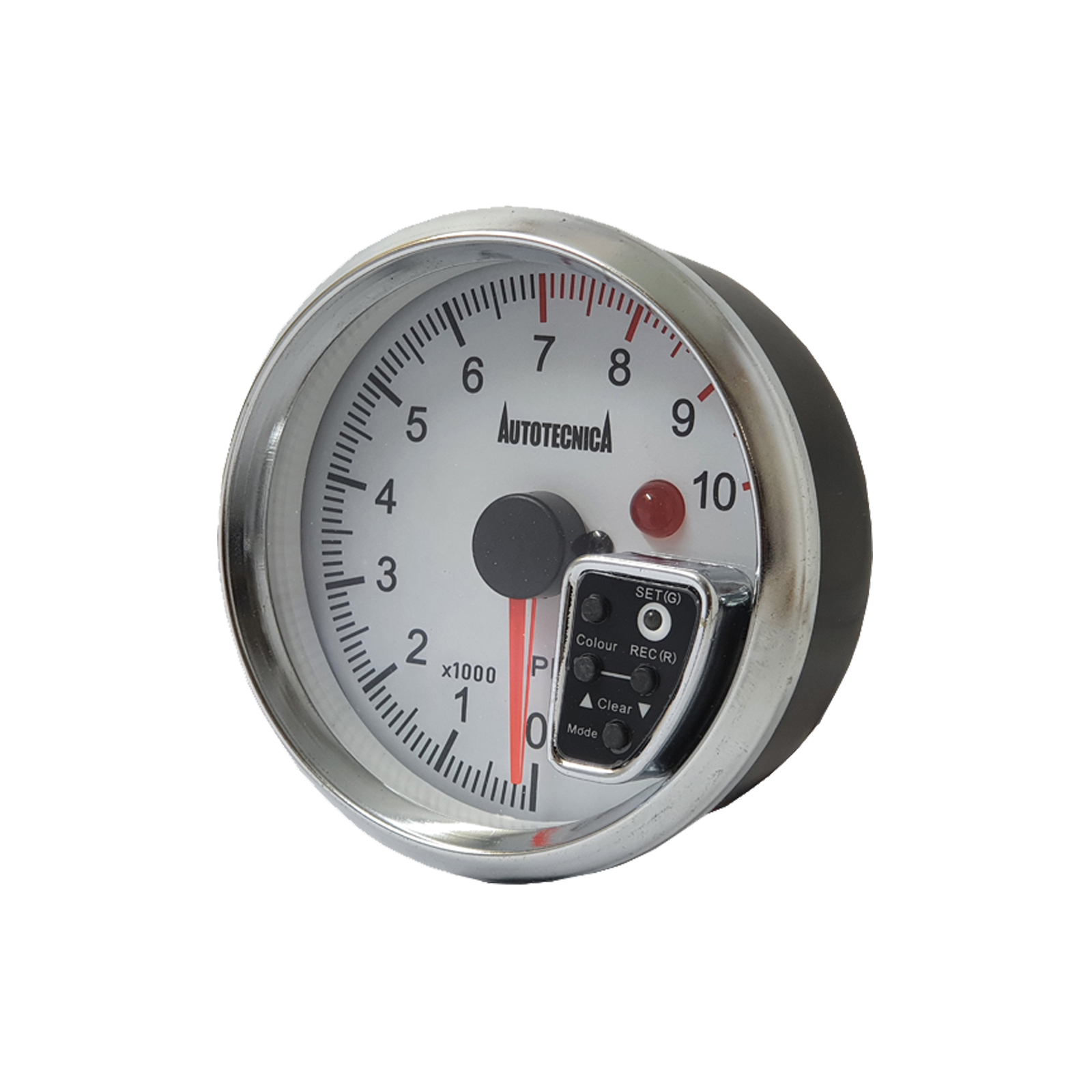Opening the Secrets of Tachometers: Everything You Need to Find Out About This Essential Tool in Your Car
Comprehending the details of tachometers can give important understandings into your car's performance and upkeep requirements. From gauging engine speed to analyzing the data it provides, tachometers function as an important device for vehicle proprietors and enthusiasts alike. By untangling the secrets behind this necessary tool, you can unlock a riches of details that can enhance your driving experience and guarantee the durability of your vehicle.
Relevance of Tachometers
The importance of tachometers exists in their ability to give vital real-time information concerning an engine's rotational rate, permitting exact tracking and upkeep of machinery. By determining the revolutions per min (RPM) of an engine's crankshaft, tachometers use beneficial insights right into the engine's efficiency - tachometer. This information is necessary for ensuring that the engine runs within its optimal variety, avoiding prospective damage from over-revving or underperforming
Tachometers play a crucial duty in assisting operators and professionals find any type of abnormalities in the engine's speed, which might indicate problems such as gas inadequacy, mechanical problems, or too much strain on the engine. By without delay determining these issues via tachometer analyses, maintenance can be carried out proactively, avoiding expensive repair services and downtime over time.
Furthermore, tachometers are particularly vital in high-performance cars and machinery, where precise control over engine rate is needed for optimal procedure. Racing cars, airplane, and commercial equipment depend on tachometers to deliver peak efficiency while maintaining safety and security requirements. Basically, tachometers are not simply tools for determining speed however vital devices for making certain the smooth and efficient procedure of engines across different applications.
Just How Tachometers Step Engine Rate
Utilizing sensing units that detect the regularity of electrical pulses generated by the engine's ignition system, tachometers properly determine the rotational rate of an engine. By monitoring the rate at which these pulses are received, tachometers give real-time responses on how fast the engine's crankshaft is turning per minute, commonly referred to as transformations per min (RPM)
The tachometer's sensing unit, frequently linked to the engine's ignition coil or spark plug wires, selects up the electrical signals generated each time a cyndrical tube fires. These signals are after that exchanged RPM analyses presented on the scale or tool collection within the driver's sight. Tachometers can be analog or digital, with modern-day automobiles frequently including digital displays for precise and rapid RPM analyses.
This information is crucial for motorists to understand the engine's performance, avoid over-revving, maximize gear moving, and make certain reliable fuel usage. By accurately measuring engine speed, tachometers play a vital function in assisting drivers operate their automobiles securely and effectively.
Translating Tachometer Analyses
Having a clear understanding of how tachometers measure engine rate establishes the structure for properly analyzing the RPM analyses displayed. Translating tachometer readings is important for optimal vehicle performance and engine health and wellness. When the engine is idling, the tachometer needle typically rests around 600-1000 RPM, depending on the lorry.


Tips for Making Use Of Tachometers Properly
To boost driving effectiveness and enhance engine efficiency, what secret techniques can be implemented for properly using tachometers? Tachometers are vital devices that offer real-time responses on engine speed, allowing vehicle drivers to make enlightened decisions for far discover here better performance - tachometer. Below are some ideas for using tachometers successfully:
Understanding Ideal RPM Range: Acquaint yourself with the optimum RPM (Changes Per Min) variety for your lorry. Keeping the engine within this range can improve gas efficiency and prolong the engine's life expectancy.
Moving Gears at the Correct Time: Make use of the tachometer to identify the most effective time to move equipments. Upshifting as well early or as well late can cause decreased performance and efficiency. Goal to shift gears when the RPM gets to the optimal array for the next gear.
Monitoring Engine Stress And Anxiety: High RPMs for prolonged periods can strain the engine. Watch on the tachometer to prevent over-revving, especially during websites acceleration or when lugging hefty loads.
Tachometers and Car Maintenance
When considering lorry upkeep, tachometers play a critical role in monitoring engine performance and discovering possible issues. Tachometers supply important information on engine speed, enabling chauffeurs and mechanics to guarantee that the engine is operating within the advised RPM range.
Along with detecting prospective issues, tachometers can also help in enhancing fuel performance. By keeping the engine rate within the ideal variety, drivers can enhance their gas mileage and lower gas consumption. This not only benefits the chauffeur's wallet but also adds to environmental preservation by lowering dangerous discharges.
Final Thought

Comments on “Exactly How a Tachometer Helps Screen Engine Health and Efficiency”